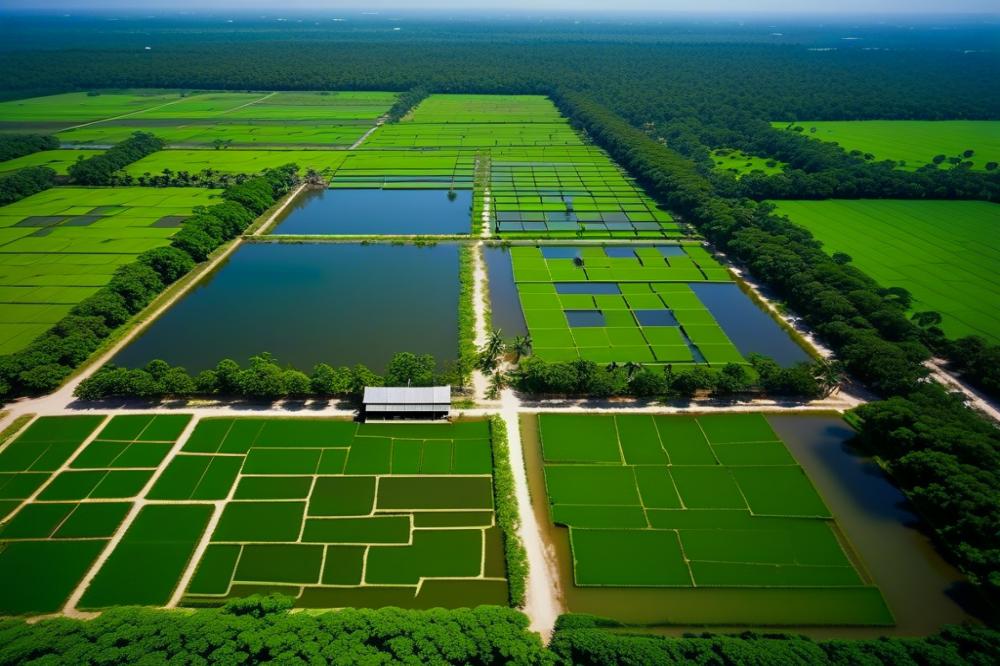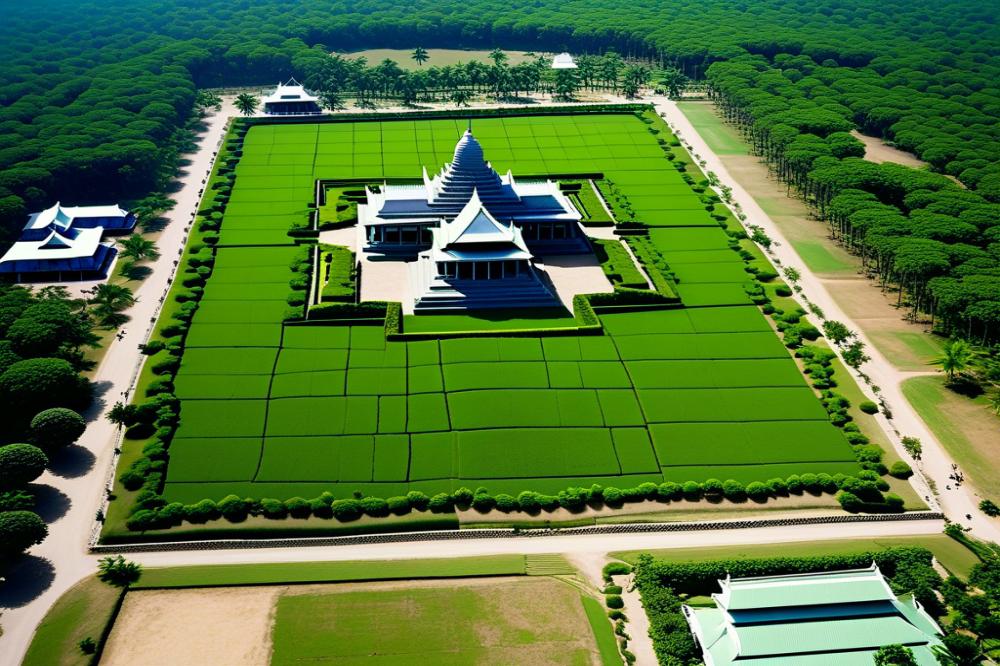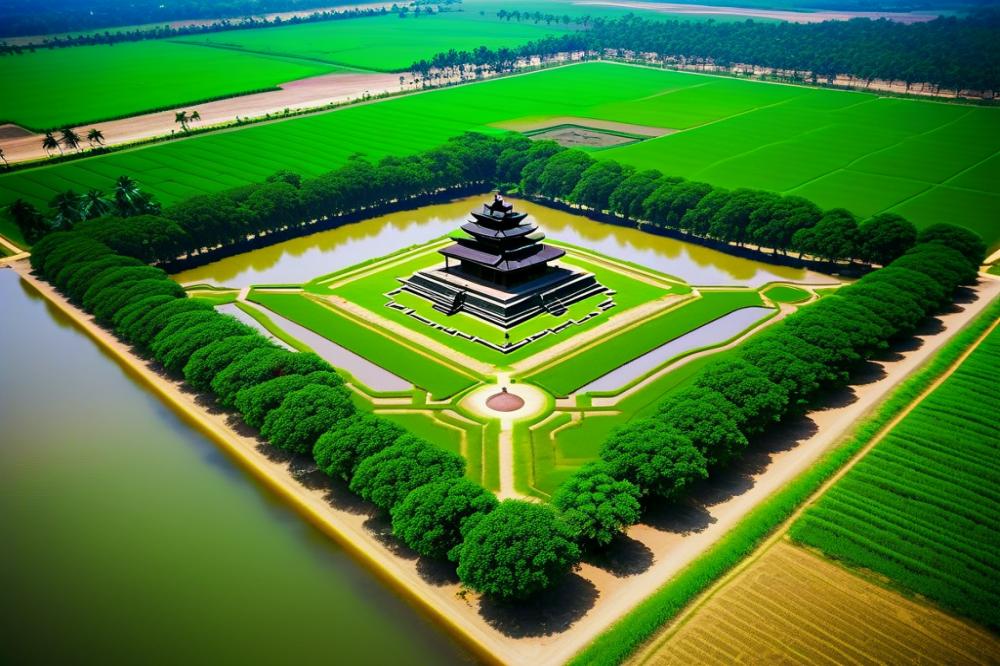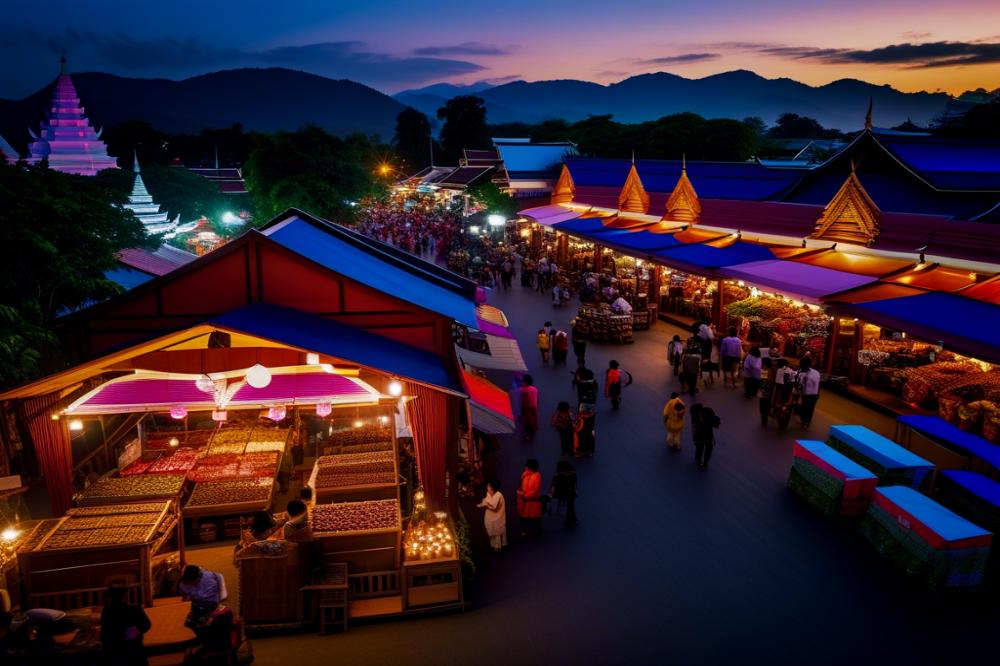Introduction
Cambodia is a country rich in culture and stunning landscapes. Tourists flock to its ancient temples, such as Angkor Wat, and enjoy its beautiful beaches. However, this vibrant nation has a complex past, marked by tragedy. The Khmer Rouge regime, led by Pol Pot, brought immense suffering to its citizens during the 1970s. Understanding this history is crucial for anyone visiting.
Traveling offers opportunities to learn, and history shapes a destination’s character. While exploring Cambodia, it’s essential to remember the darker chapters of its past. The tales of genocide and human rights violations are part of the national narrative. Recognizing these events can enrich the travel experience and foster empathy toward the survivors.
The Killing Fields and Tuol Sleng Museum serve as memorials to those lost during this terrible time. They provide stark reminders of the cruelty inflicted upon innocent lives. At the Tuol Sleng Museum, formerly known as S-21, visitors can see firsthand accounts and artifacts that tell heartbreaking stories. These sites are not just places of mourning; they are vital for education and reflection. Engaging with this history encourages respect and awareness about human rights issues that persist today.
The Killing Fields: A Historical Overview

The term “Killing Fields” refers to various sites in Cambodia where mass executions occurred during the late 1970s. These locations became infamous for the horrific acts committed under the Khmer Rouge regime, a group led by Pol Pot. This brutal leadership aimed to transform the country into an agrarian socialist society. In the process, they implemented radical policies that led to extensive human rights violations.
The Khmer Rouge governed Cambodia from 1975 to 1979. Their ideology was extreme and sought to eliminate perceived enemies of the state, including intellectuals, professionals, and even educated individuals. Pol Pot, the group’s leader, believed in returning to a rural, classless society, which meant dismantling the existing urban population. Methods of control included forced labor, starvation, and widespread executions.
Education played a crucial role in the Khmer Rouge’s oppression. Many schools were closed, and children were indoctrinated to uphold the regime’s values. Individuals who had any semblance of knowledge were often targeted and executed at S-21, the notorious prison in Phnom Penh. Survivors have recounted their experiences, sharing stories filled with loss and resilience.
The memorials dedicated to the victims serve as reminders of this painful past. They aim to educate future generations about the importance of human rights and the consequences of hatred. While the history of the Killing Fields is grim, it is essential to acknowledge and learn from it. Understanding this dark phase helps foster a dialogue about healing and preventing similar atrocities in the future.
Tuol Sleng Museum: S-21 Prison

History of S-21 Prison and its transformation into a museum
Tuol Sleng, also known as S-21, was once a high school in Phnom Penh, Cambodia. During the Khmer Rouge regime, it became a notorious prison. Pol Pot’s government used it as a place of torture and execution. Thousands of prisoners were held here, accused of being enemies of the state. In 1975, the school was transformed into a center for interrogation. Guards converted classrooms into cells. Within these walls, many faced unimaginable horrors. After the fall of the Khmer Rouge in 1979, the site was abandoned. Over time, it was turned into a museum to honor the victims. Today, the Tuol Sleng Museum serves as a memorial to those who suffered.
Experiences of prisoners and conditions at S-21
Prisoners endured brutal treatment at S-21. Families were torn apart, and many never returned home. Conditions were inhumane, with cramped cells and limited food. Interrogations were often violent and degrading. Survivors today share stories of their experiences, highlighting the fear and hopelessness of their time there. Intellectuals, teachers, and anyone seen as a threat were targeted. Many were tortured until they confessed to crimes they didn’t commit. The scars of this past linger on in the minds of those who lived through it.
Significance of S-21 in documenting human rights abuses
The museum plays a crucial role in human rights education. It serves as a reminder of the consequences of totalitarianism and genocide. Displays feature photographs of victims and artifacts from the prison. Visitors walk through the same halls where horrors unfolded. By educating new generations, Tuol Sleng aims to prevent such atrocities in the future. Survivors have shared their stories to keep the memory alive. Remembering the past is vital for honoring those who suffered. A visit to S-21 encourages reflection on human rights and dignity.
Stories of Survivors and Remembrance

Survivors of the Khmer Rouge regime offer powerful accounts of their experiences. Many lost family members and endured immense suffering during this dark chapter in Cambodian history. Their stories often reveal the harrowing realities of genocide, survival, and resilience. One survivor recalls the moment they were forced into labor camps. Another shares how they escaped the infamous S-21 prison, where torture and death were rampant.
These personal narratives are vital for understanding the past. Each story adds a layer to the rich tapestry of Cambodia’s culture while also highlighting the human rights violations of that era. Survivors find solace in sharing their experiences. They hope their stories will prevent future atrocities. Remembrance is not just a tradition; it serves as a commitment to ensuring such horror never happens again.
Memorial Practices in Cambodia
Memorials throughout Cambodia play a significant role in honoring victims. The Killing Fields and Tuol Sleng Museum are places of reflection. They stand as poignant reminders of the suffering endured under Pol Pot’s regime. Many families visit these sites to pay their respects, with flowers and candles left in memory of lost loved ones. Community events also bring people together to remember the past. Such practices foster healing and connectivity among survivors and their descendants.
Commemorative events often involve speeches from survivors or local leaders. These gatherings unite the community in shared grief. They also provide space for stories to be told and heard. This helps younger generations connect with their history. It ensures that the pain and lessons from this time are never forgotten.
The Role of Education
Education is crucial in preserving the history of this tragic period. Schools across Cambodia include lessons about the genocide in their curriculum. Students learn about the Khmer Rouge’s impact on their country and the importance of human rights. Knowledge empowers them to stand against oppression. Understanding history helps shape their identities and values.
Programs dedicated to educating youth about these events are increasing. Workshops and documentaries serve as tools for learning. Engaging with these materials fosters a sense of responsibility in young Cambodians. They become advocates for peace and understanding. It is through education that the cycle of violence can be broken.
Visiting the Killing Fields and Tuol Sleng Museum

Practical information for travelers
Travelers visiting Cambodia should plan their trip to the Killing Fields and Tuol Sleng Museum thoughtfully. The museum, known as S-21, is located in the heart of Phnom Penh. It opens daily from 8 AM to 5 PM, and an admission fee is required. Taking guided tours is highly recommended as it helps to deepen understanding of the history. Local guides have insights that make the visit more impactful. For transportation, tuk-tuks are a popular choice and can be hired for the day. Keeping hydrated is important, as the weather can be hot and humid.
What to expect during the visit
Both sites provide a powerful glimpse into Cambodia’s past under the Khmer Rouge regime. At S-21, visitors can see the very classrooms that were turned into prison cells. Photographs of victims hang on the walls, reminding everyone of the harsh realities of genocide. The Killing Fields display mass graves that are disturbingly quiet yet hauntingly memorable. A memorial stupa filled with bones serves as a stark reminder of the atrocities committed. Expect strong emotions during your experience. Many people leave feeling a deep sorrow, but also a renewed commitment to human rights.
Reflecting on the experiences and lessons learned
Reflecting on the visit can be a profound experience. Many survivors have shared their stories, reminding us of the resilience of the human spirit. It is crucial to acknowledge this dark chapter of history. Conversations can arise about the importance of education in preventing future tragedies. Lessons learned here are not just about sorrow, but also hope and renewal. Engaging in discussions about human rights can help to keep the memories alive. Such reflections contribute to a broader understanding of our world today.
The Significance of Historical Awareness in Understanding Cambodia Today
Cultural memory plays a crucial role in grasping the complexities of modern Cambodia. Learning about the dark period under the Khmer Rouge helps shape the identity of the nation today. It is essential to reflect on history to understand the struggles and triumphs of the Cambodian people. Recognizing past atrocities fosters greater empathy and awareness in our understanding of human rights.
Encouragement to Visit and Learn About the Killing Fields and Tuol Sleng Museum
Visiting the Killing Fields and Tuol Sleng Museum offers a powerful opportunity for education. Witnessing the remnants of such a tragic past instills a deeper appreciation for life and peace. Personal experiences at these sites can lead to profound reflections on resilience and hope. Tourists and locals alike gain insight into the harsh realities faced by previous generations. Engaging with history on site creates a lasting impact that books and documentaries may not convey as vividly.
Final Thoughts on Genocide’s Impact and the Necessity for Education
The consequences of genocide extend far beyond immediate loss; they echo throughout generations. Learning about these events empowers future advocates for human rights, ensuring that history does not repeat itself. Education plays a pivotal role in promoting tolerance and understanding. Conversations about the past can drive societal change and inspire compassion. As we reflect on Cambodia’s history, we must commit to learning from it to build a just future.



